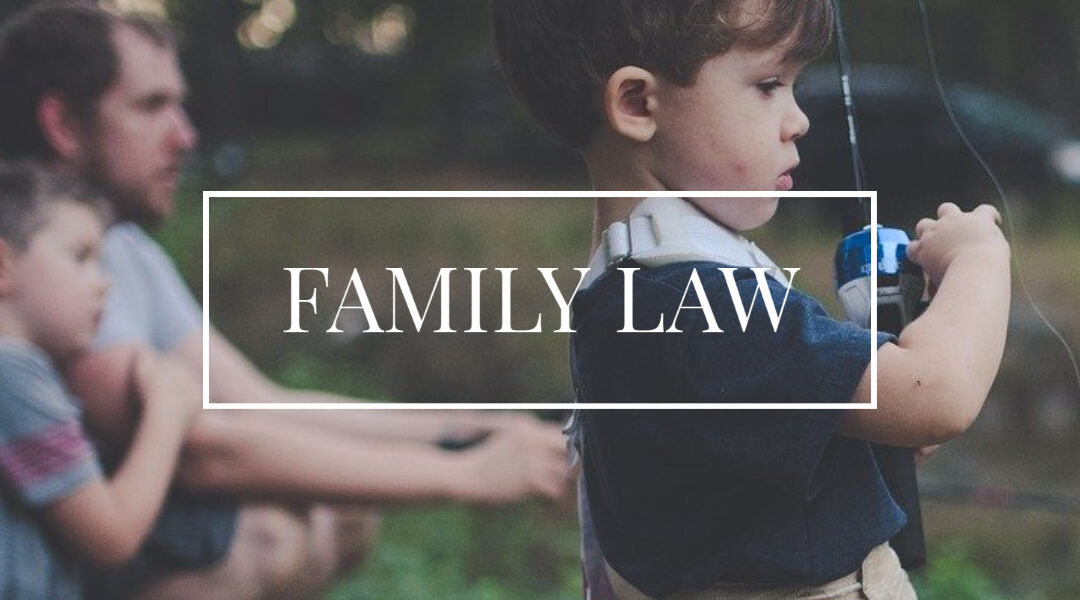How a Collaborative Case Works
This blog entry is designed to provide potential clients with an overview of the collaborative process from start to finish. Here is a summary of the steps in a collaborative case:
1. Stage 1
a. Initial client interview
b. Contacting the other lawyer
c. Collaborative team call
2. Stage 2
a. First meeting
i. Establish ground rules
ii. Explain the process
iii. Sign collaborative participation agreement
3. Stage 3
a. Discover parties’ goals and interests
b. Gather all necessary information so parties can make informed decisions
4. Stage 4
a. Brainstorm settlement options and solutions to problems
b. Compare options and solutions to the parties’ goals and interests
c. Select the best options to resolve the case or continue negotiations
5. Stage 5
a. Reach an agreement and reduce it to a understandable, binding written agreement
The First Joint Meeting
The primary goal of the first joint meeting is to simply have a good meeting. At this meeting, the team members will briefly introduce themselves, say a bit about their backgrounds, why they work in the collaborative area, and what they have identified as the potential benefit of working collaboratively. A typical first meeting may last as long as two hours, and the agenda of the meeting will cover these areas:
1. Introductions
2. Rules of Conduct
3. Overview of Collaborative Process
4. Review and Executed Collaborative Family Law Participation Agreement
5. Brief Discussion of Parties’ Goals, Interests, and Concerns
6. Briefly Address Temporary Issues
7. Discuss Information Gathering
8. Schedule Future Meetings
Expressing goals and interests at the first joint meeting can be difficult. But developing big picture goals is important so that later the parties will have guideposts to help them move toward solutions that are consistent with their primary concerns. This will allow the team members to assess whether their positions or actions are moving them closer to their primary goals.
It is also helpful to come up with a plan for gathering and distributing financial information and documents and a plan for discussing and developing a parenting plan if children are involved. By developing and following a plan, the parties will keep their case moving towards a mutually beneficial resolution rather than becoming bogged down in disputes regarding temporary housing, bill paying, or time with children. Most cases will succeed by preserving the status quo while focusing time and energy on resolving the ultimate issues of the case.

